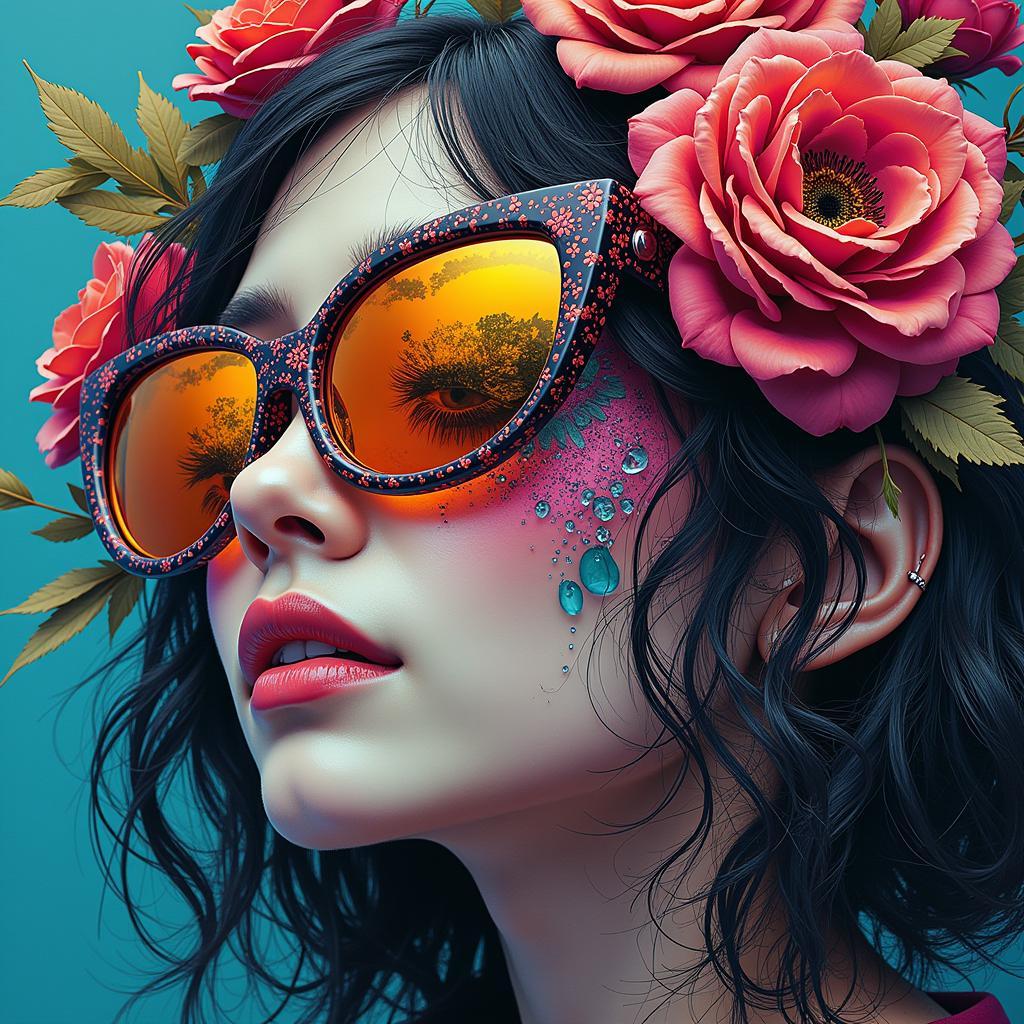Exploring the Depths of Turtle Aboriginal Art
Turtle Aboriginal Art is a powerful expression of cultural heritage, storytelling, and connection to the land. It’s more than just aesthetically pleasing; it’s a window into the Dreamtime, the spiritual realm that shapes the beliefs and traditions of Aboriginal Australians. This article delves into the symbolism, techniques, and cultural significance of turtle art, exploring its rich history and contemporary evolution.
Decoding the Symbolism of the Turtle in Aboriginal Art
The turtle holds profound significance within Aboriginal cultures, particularly for those living near coastal regions. It represents longevity, wisdom, and connection to the ancestral past. Often depicted as a protector and provider, the turtle embodies the nurturing spirit of the land and sea. Its slow, steady movements are symbolic of patience and resilience, reflecting the enduring connection between Aboriginal people and their country.
The Turtle’s Role in Dreamtime Stories
Turtle imagery often features in Dreamtime narratives, explaining the creation of the land, sea, and its inhabitants. These stories are passed down through generations, preserving cultural knowledge and reinforcing the turtle’s symbolic importance. Often, the turtle acts as a mediator between the spiritual and physical worlds, guiding and protecting its people.
Understanding the Diverse Techniques of Turtle Aboriginal Art
From intricate dot paintings to vibrant cross-hatching and bold ochre hues, turtle aboriginal art showcases a diverse range of artistic techniques. Each region and community has its own distinct style, reflecting the unique landscapes and cultural narratives of the area.
A Closer Look at Dot Painting Techniques
Dot painting is a particularly iconic technique, utilizing small dots of paint to create intricate patterns and textures. These dots represent the energy and life force that flows through the land, and the varying sizes and colors add depth and dimension to the artwork.
“Dot painting is not just about creating a visual image; it’s about telling a story, sharing knowledge, and connecting with the ancestral past,” says renowned Aboriginal artist, Djawida Mununggurr.
Exploring the Use of Natural Pigments
Traditional Aboriginal artists often utilize natural pigments derived from the earth, such as ochre, charcoal, and clay. These earthy tones create a deep connection to the land, further emphasizing the spiritual significance of the artwork.
The Cultural Significance of Turtle Aboriginal Art Today
Turtle aboriginal art continues to thrive in contemporary art practices, evolving and adapting while maintaining its deep cultural roots. It provides a powerful platform for Aboriginal artists to share their stories, express their identities, and challenge perceptions.
Turtle Art as a Tool for Cultural Preservation
By creating and sharing turtle art, Aboriginal artists ensure that their cultural heritage remains vibrant and accessible for future generations. The art serves as a visual language, transmitting knowledge, values, and beliefs.
The Growing Recognition of Aboriginal Art in the Global Art World
Turtle aboriginal art is gaining increasing recognition on the global stage, captivating audiences with its beauty and cultural depth. This growing appreciation fosters cross-cultural understanding and appreciation for the rich artistic traditions of Aboriginal Australia.
“The power of Aboriginal art lies in its ability to connect us to the deepest roots of human existence, reminding us of our interconnectedness with the land and each other,” says art historian, Dr. Anya Kulinich.
Conclusion
Turtle aboriginal art is a testament to the enduring power of culture, storytelling, and artistic expression. From its profound symbolism to its diverse techniques, it offers a captivating glimpse into the rich heritage of Aboriginal Australia. By embracing and celebrating this art form, we honor the deep connection between people, land, and spirit. As we continue to explore the depths of turtle aboriginal art, we uncover a wealth of knowledge and inspiration that enriches our understanding of the world.
FAQs
-
What does the turtle symbolize in Aboriginal culture?
The turtle represents longevity, wisdom, protection, and connection to the land and sea. -
What are some common techniques used in turtle aboriginal art?
Common techniques include dot painting, cross-hatching, and the use of natural ochre pigments. -
How is turtle aboriginal art used for cultural preservation?
It serves as a visual language to transmit knowledge, values, and beliefs to future generations. -
Why is turtle aboriginal art gaining global recognition?
Its captivating beauty and cultural depth foster cross-cultural understanding and appreciation. -
How can I learn more about turtle aboriginal art?
Visit museums, galleries, and cultural centers that showcase Aboriginal art or connect with Aboriginal artists and communities. -
What is the significance of the Dreamtime in turtle aboriginal art?
The Dreamtime narratives often feature the turtle, explaining the creation of the land and sea. -
Where can I buy authentic turtle aboriginal art?
Purchase directly from Aboriginal artists or reputable galleries that support ethical practices.
Related Topics You Might Be Interested In
- Exploring Other Aboriginal Art Motifs
- The History of Aboriginal Art
- Contemporary Aboriginal Artists
When you need support, please contact us at Phone Number: 02462573573, Email: danteum@gmail.com Or visit us at: Savico Megamall, 7-9 Đ. Nguyễn Văn Linh, Gia Thụy, Long Biên, Hà Nội 10000, Việt Nam. We have a 24/7 customer support team.

